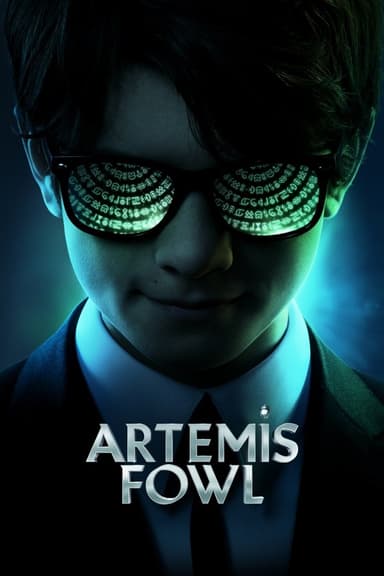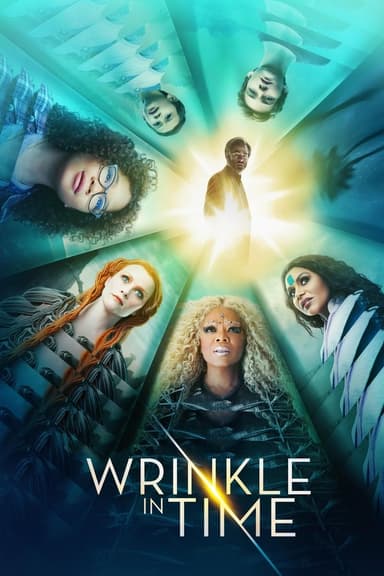
Nimona
2023 • Action, Adventure, Animation, Comedy, Family, Fantasy, Science Fiction • PG
A knight framed for a tragic crime teams with a scrappy, shape-shifting teen to prove his innocence.
Runtime: 1h 39m
Why you should read the novel
Encounter Nimona’s world in its original form by reading ND Stevenson’s acclaimed graphic novel, where storytelling bursts from each page with quirky humor and raw emotion. The book’s hand-drawn aesthetic invites readers into an intimate, character-driven experience that’s impossible to replicate on screen. ND Stevenson’s witty dialogue and creative panel layouts immerse you in Nimona’s shape-shifting antics and the layered relationships that drive the story forward.
Within the novel, you’ll find an exploration of identity, morality, and friendship that dives even deeper than its animated counterpart. Characters like Ballister Blackheart and Ambrosius Goldenloin are fleshed out with backstories and emotional arcs that unfold organically and with nuance. The graphic novel format allows Stevenson to play visually with themes and jokes, rewarding careful readers with clever details hidden in the art.
By choosing the book, you’ll enjoy a narrative that’s unfiltered by adaptation constraints, remaining true to its creator’s original vision. The comic’s unique tone, blending darkness with laugh-out-loud comedy, offers an experience tailored to fans of inventive world-building and unforgettable antiheroes. Give yourself the chance to savor Nimona’s evolution—with all her complexities—one panel at a time.
Adaptation differences
One of the most notable differences between the Nimona graphic novel and the 2023 animated movie lies in the world-building. The book is set in a quirky, pseudo-medieval landscape with vague fantasy and anachronistic science, while the film leans further into a polished sci-fi-meets-fantasy metropolis. The visual tone of the adaptation is streamlined and cinematic, whereas the comic’s charm comes largely from its hand-drawn, indie vibe and more abstract setting.
The character arcs, especially regarding Nimona and Ballister, are nuanced differently. In the book, Nimona’s mysterious origins and chaotic nature remain more ambiguous and unaddressed. Conversely, the film expands her backstory significantly, focusing on her identity as a persecuted shapeshifter, and directs the narrative toward themes of social acceptance and found family, making her journey feel more redemptive and emotionally explicit.
Another major shift involves the depiction of side characters and the story’s antagonist. The relationship between Ballister and Ambrosius is more subtly portrayed in the comic, with their queerness and history left to subtext and reader interpretation. The film, however, celebrates their bond more openly, bringing their romance to the forefront and updating character motivations for modern audiences. Likewise, the villainous institution in the movie is given a more overt, organized face compared to the book’s more faceless bureaucracy.
Finally, the endings diverge meaningfully. The graphic novel concludes on a bittersweet, somewhat ambiguous note that invites readers to ponder Nimona’s fate and the story’s moral complexity. The film opts for a more hopeful, resolved conclusion, answering key mysteries and providing closure for its main characters. This shift, while emotionally satisfying for viewers, means the adaptation steers away from the book’s open-ended, thought-provoking finale.
Nimona inspired from
Nimona
by ND Stevenson










